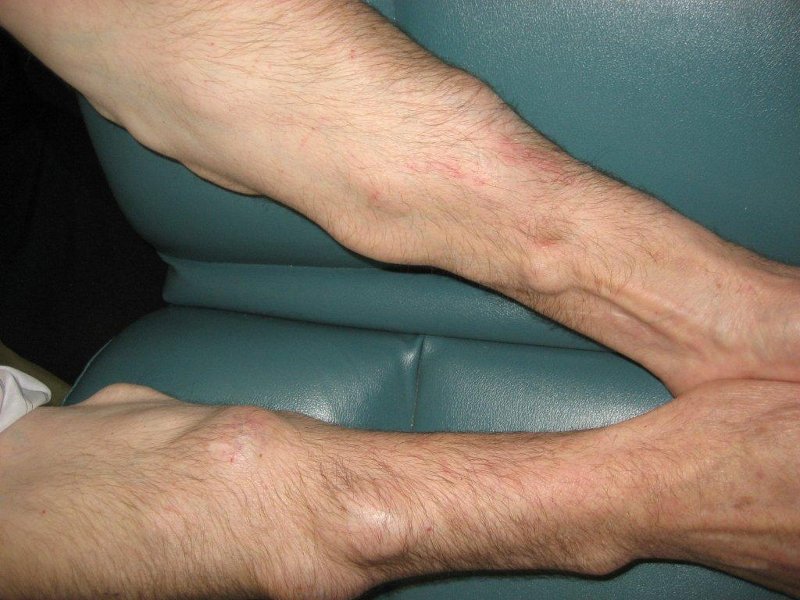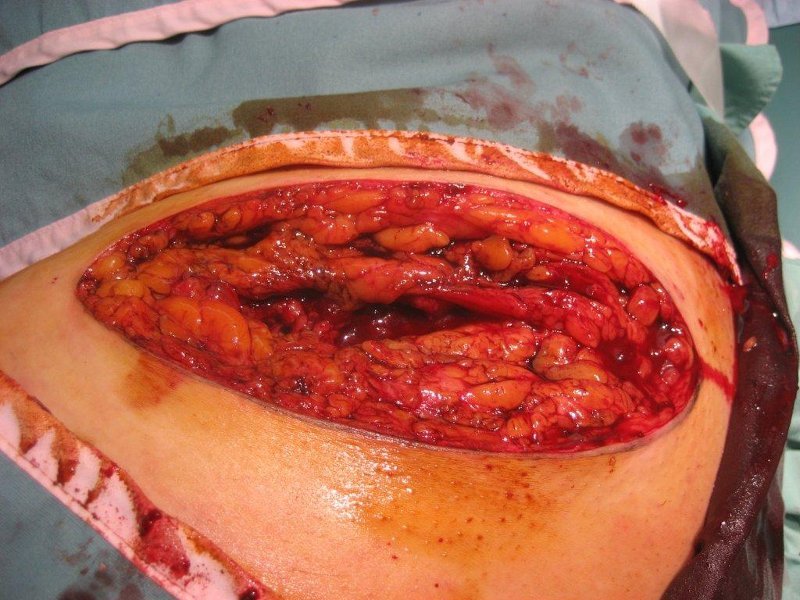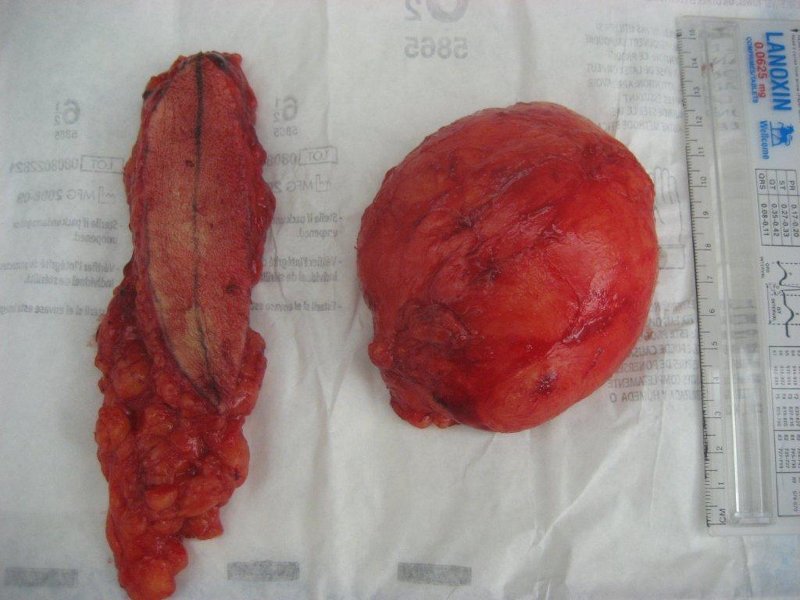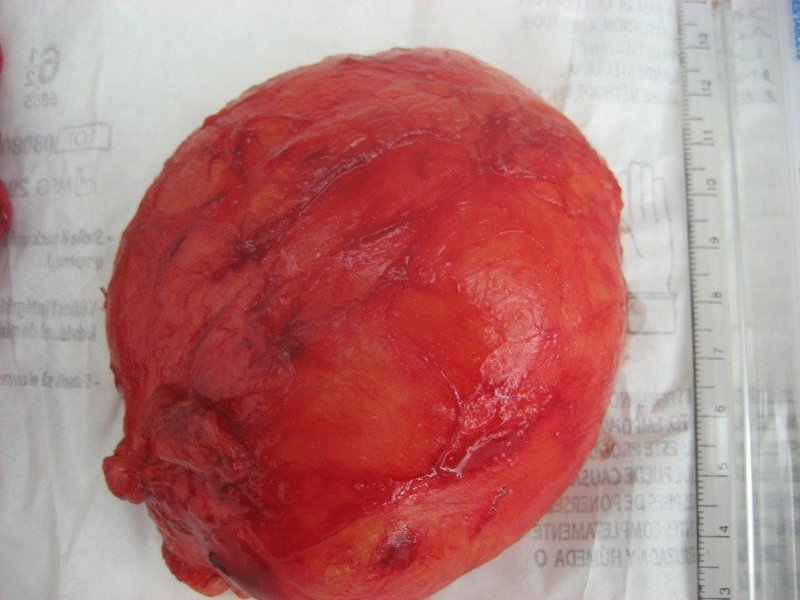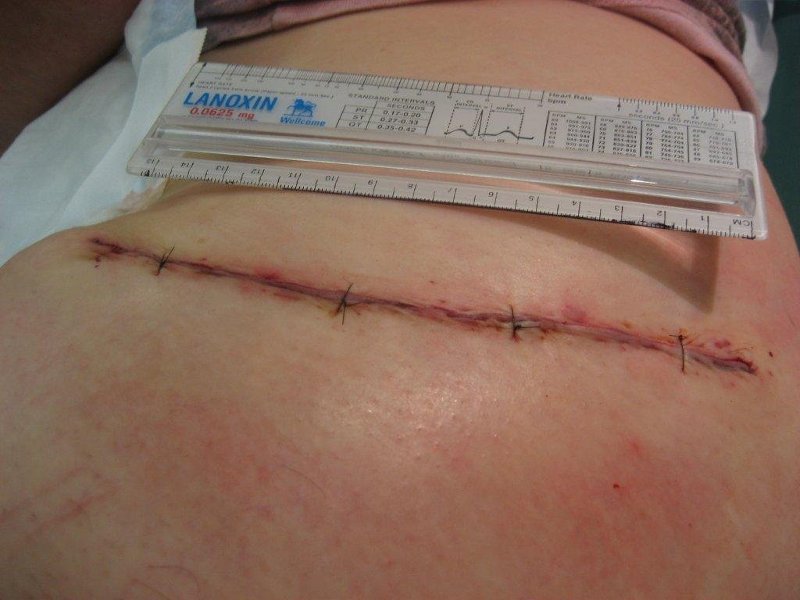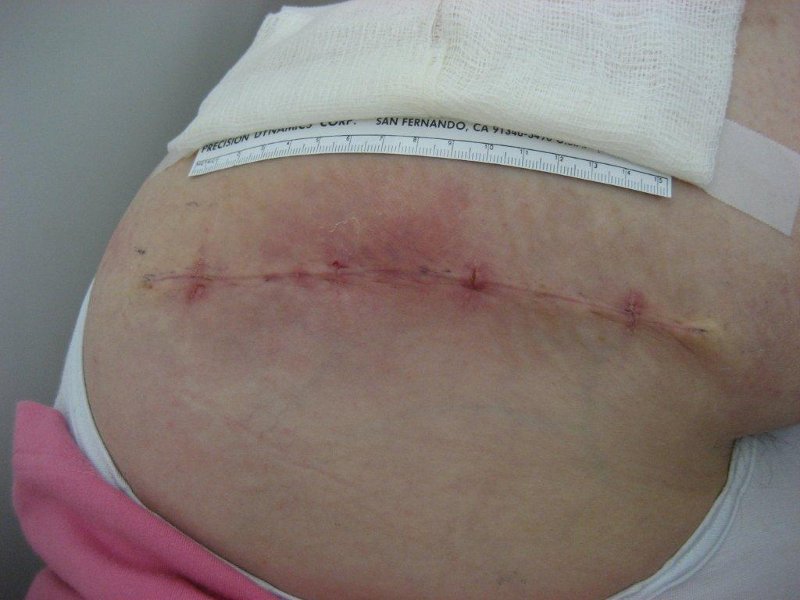How is your thinking and memory skill?
We are living in an age of super size fast foods loaded with unhealthy calories. But we have a choice. We can choose to eat “superfoods” which are low in calories, fat free and good source of vitamins and fibre. These foods also contain antioxidants which protect our cells from damage.
Superfoods have anti-aging, anti-cancer and heart health benefits. They can slow the aging process of the brain and people who ate a diet high in superfoods were 38 per cent less likely to develop Alzheimer’s disease compared to those who did not. The incidence of dementia and Parkinson’s disease is also decreased. Superfoods also activate the brain’s house-cleaning process.
As we get older, there is cognitive decline. That means there is a subtle decrease in memory and thinking process. This is a normal aging process. One study showed that people who ate more than two vegetable servings each day had a 40 per cent slower rate of cognitive decline compared with their peers who ate less than one serving.
Individuals who regularly consumed wine, tea and chocolate lowered their risk of a poor cognitive score by 70 per cent, says an article in the Scientific American Mind (Jan/Feb 2011). Studies have linked regular fish consumption to a 60 per cent lower risk of dementia, in particular Alzheimer’s dementia.
These numbers are just amazing. We can all do without those recurring memory lapses. Hopefully, we can stop asking, “Have I got Alzheimer’s?”
So, what are these superfoods?
Here are some examples: berries (strawberries, blueberries, blackberries, cranberries), walnuts, leafy greens, fish, heart healthy fats (olive oil, canola oil, flaxseed oil and non-hydrogenated margarine), avocado, almonds, other fruits and vegetables, cereal grains, cocoa, soy foods, tea and wine.
In 2008, per capita blueberry consumptions in the U.S. reached an all-time high, from 9.2 ounces in 2007 to 12.3 ounces. Americans, apparently, cannot get enough of this delicious juicy fruit. When berries are out of season, you can eat frozen and dried berries. One serving is equivalent to ½ cup of fresh or frozen berries or ¼ cup of dried ones.
The superfoods contain flavonoids. New research shows that flavonoids work as antioxidants that protect the cells from damage from unstable oxygen molecules known as free radicals and boost our cognitive function by its interaction with protein present in the brain cells. There are more than 6000 different flavonoids which come in variety of types. Flavonoids are widely distributed in the list of foods mentioned earlier.
Free radicals are released in our bodies during metabolism. The situation is made worse by pollution, cigarette smoke and radiation. Free radicals can damage cells and break apart DNA. Antioxidants neutralize free radicals and limit the damage done to our cells.
So, if you want to improve your memory and thinking skills then get cracking with the superfoods.
Ok honey, where did I leave my car keys?
Start reading the preview of my book A Doctor's Journey for free on Amazon. Available on Kindle for $2.99!
